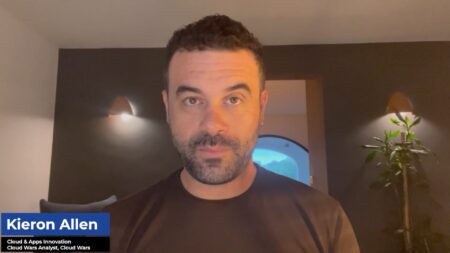Sustainability doesn’t begin and end in-house. Systems and processes in your supply chain, but out of your control, often impact your carbon-cutting efforts. And that’s what recent research from Accenture has focused on.
One of the focal points of Accenture’s “Thought you knew the Scope 3 issues in your supply chain? Think again” report is supply chain “hot spots.” Scope 3 refers to emissions that don’t originate from a company but from associated partners within the organization’s value chain. And hot spots focus on the areas along the supply chain where greenhouse gas emissions are harder to reduce.
What’s the Process?
For the research, Accenture designed a data model using industry and country-specific emissions data to exemplify the most energy-intensive processes in a supply chain. The Accenture model shows industry, country, and tier-specific emissions data.
One of the key findings was that upstream emissions — usually found deep with the supply chain — are a major contributing factor to a company’s overall emissions. This poses a problem for organizations because many will need to be made aware of the full supplier ecosystem’s emissions impact.
“Scope 3 emissions are elusive and difficult to track in today’s complex supply chains. Many large companies don’t even know the suppliers beyond Tier 1, let alone have any sort of influence or control over them or their sustainability practices, which is why we have seen little progress in reductions to date,” said Kris Timmermans, Accenture’s Supply Chain lead, in a statement.
What’s the Solution?
The Accenture report recommends five core action points to address Scope 3 emissions complexities.
- Analyze multi-tier emissions hot spots, then use results to create targets and develop plans for next steps.
- Draw upon the identified hot spots to place sustainability into category planning and supplier selection.
- Merge emissions into the supply chain control tower and enact a supply chain digital twin.
- Aid suppliers as they decarbonize.
- Work with cross-sector peers, suppliers, and ecosystem partners to accelerate decarbonization.
How a Real Time Transportation Visibility Platform Can Help
Although the actions suggested by Accenture address the issues of Scope 3 emissions in the supply chain, they may seem daunting for many organizations. This is particularly significant when your company is in the manufacturing industry and has potentially thousands of supply chain touch points.
Thankfully, there is a technology solution that can address these challenges and help you create more visibility in the supply chain. It’s called Real Time Transportation Visibility (RTTV).
RTTV enables companies to track shipments live, feeding the information direct to existing workflows. While this is important from a logistics perspective, there can be key sustainability benefits too.
Today, RTTV’s focus is freight tracking. However, companies can integrate the latest RTTV platforms into existing systems. With collaboration as a core business driver, RTTV could be used as a way of identifying Scope 3 hotspots by making the adoption of supply chain visibility software a requirement for a new or updated business relationship.
Final Thoughts
Recent global events have disrupted the supply chain in unprecedented ways. To this end, many organizations may see a degradation in transparency and product lineage data; they may also view a loss of contact with suppliers as a severe blow to sustainability efforts. However, while causing a high degree of disruption, supply chain issues have, in many ways, reset the clock by empowering organizations to reevaluate the processes and technologies they use to turn the supply chain into a sustainability enabler.
For more exclusive coverage of innovative cloud companies, check out Cloud Wars Horizon here:









